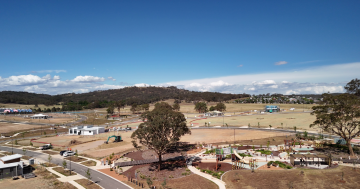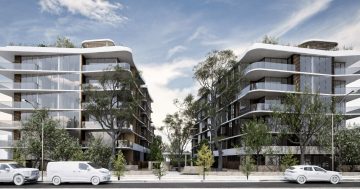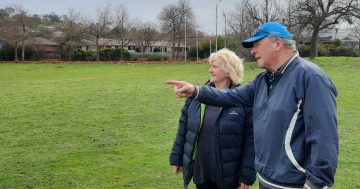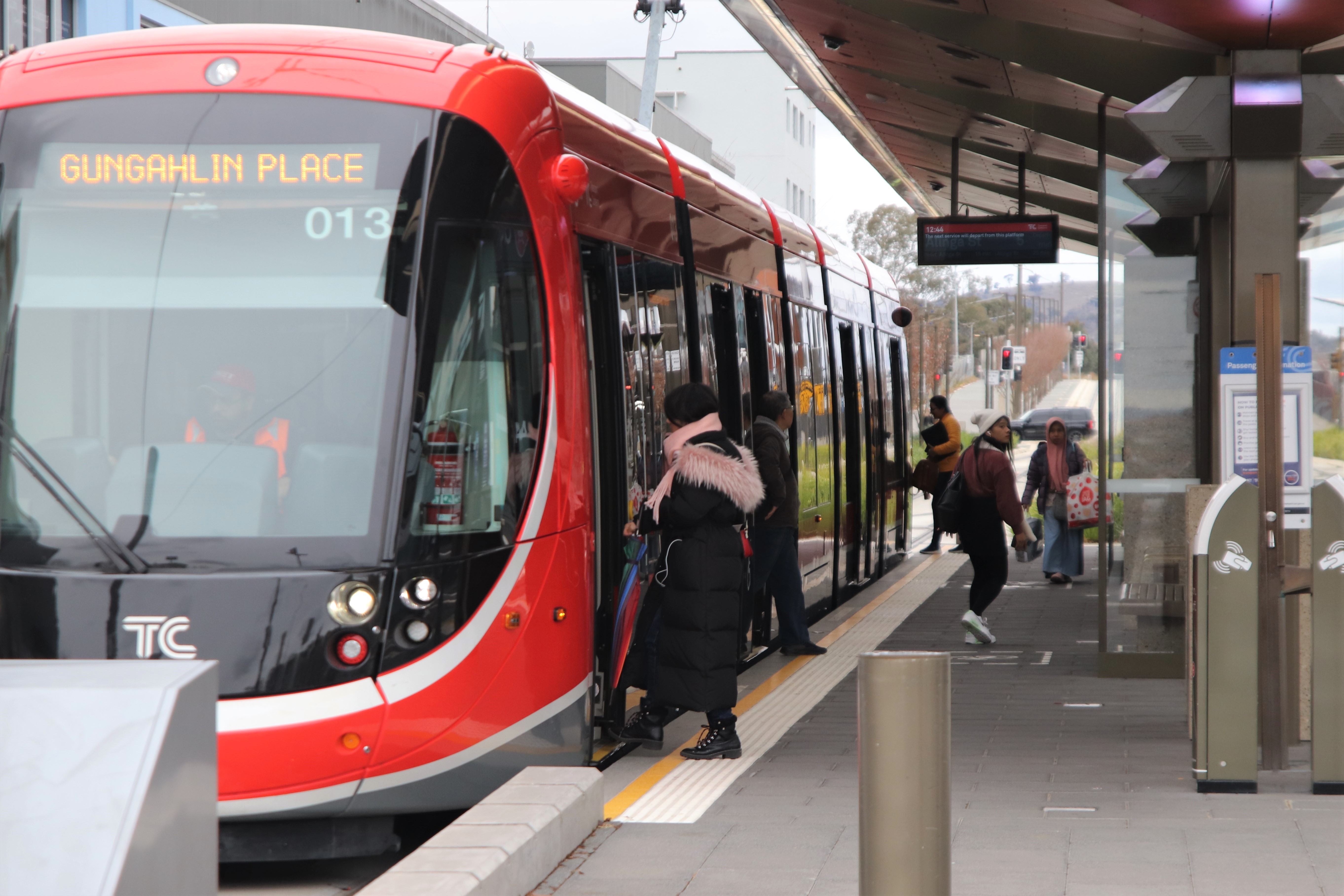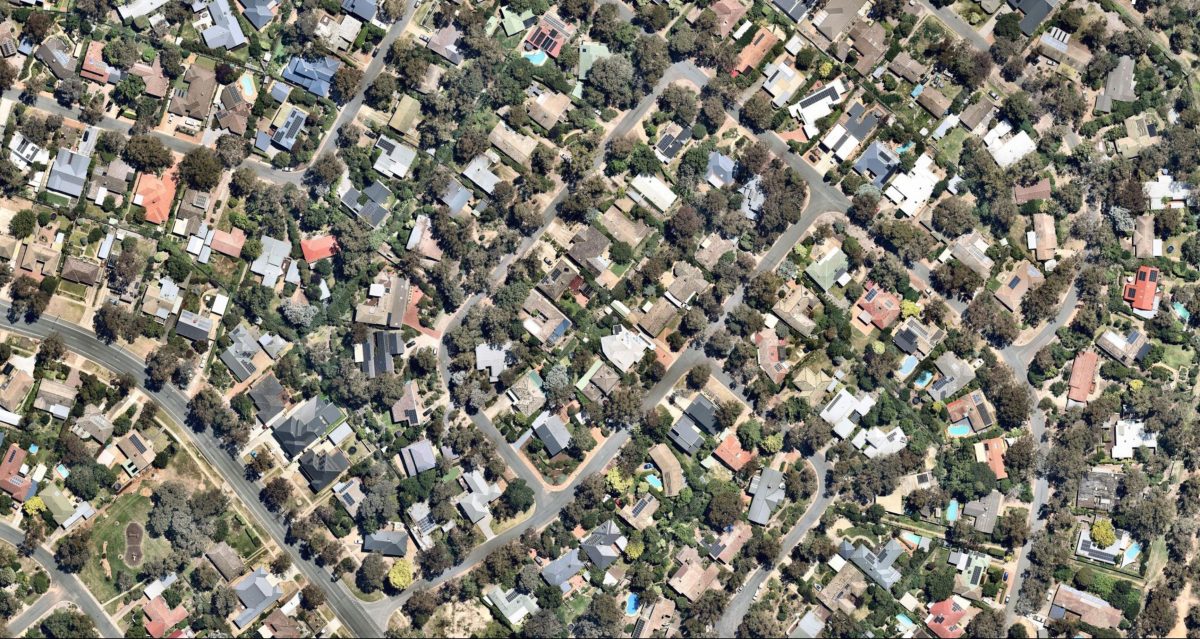
Leafy Aranda has the highest tree coverage in the ACT. Photo: Nearmap.
The ACT Government has moved to allay fears that it has compromised the viability of the tree canopy targets and site coverage ratios laid out in Canberra’s Living Infrastructure Plan.
It came as new data showed that while all residential suburbs in Canberra have gained tree cover since the introduction of the Urban Forest Strategy last year, stark differences in tree coverage remained between old and new areas.
The North Canberra Community Council wrote to Planning and Land Management Minister Mick Gentleman expressing its alarm at a Ministerial direction in May that it said made significant changes to approved Variation 369, which meant the new rules to maintain and increase green space in residential areas would not apply to blocks in estate developments approved after 1 January 2020.
In some cases V369, which increases urban tree canopy and permeable surfaces to 30 per cent in urban areas, would also not apply to estate developments before January 2020.
The council told Mr Gentleman this would be excessively restrictive and meant V369 would only apply to a very small percentage of blocks in the ACT.
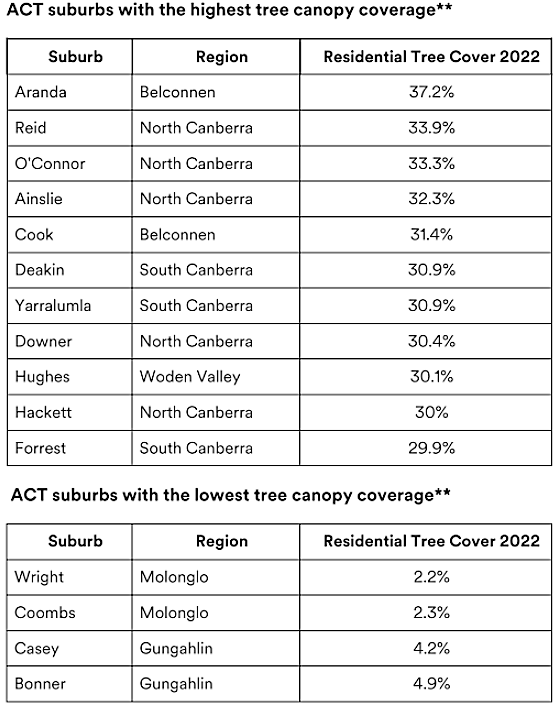
Tree coverage by suburb. Source: Nearmap.
But Mr Gentleman said V369 was an interim step to ground the Living Infrastructure goals and promised that the new rules would eventually apply to all residential and commercial areas in Canberra when the new Territory Plan comes into force in early to mid-2023.
He said the changes to V369 were designed to protect people who had bought house and land packages in good faith during the boom created by government COVID-19 stimulus measures.
“Variation 369, as it was originally proposed in early 2020, would have prevented some of those buyers from building the home they had recently purchased as part of a house and land package,” Mr Gentleman said.
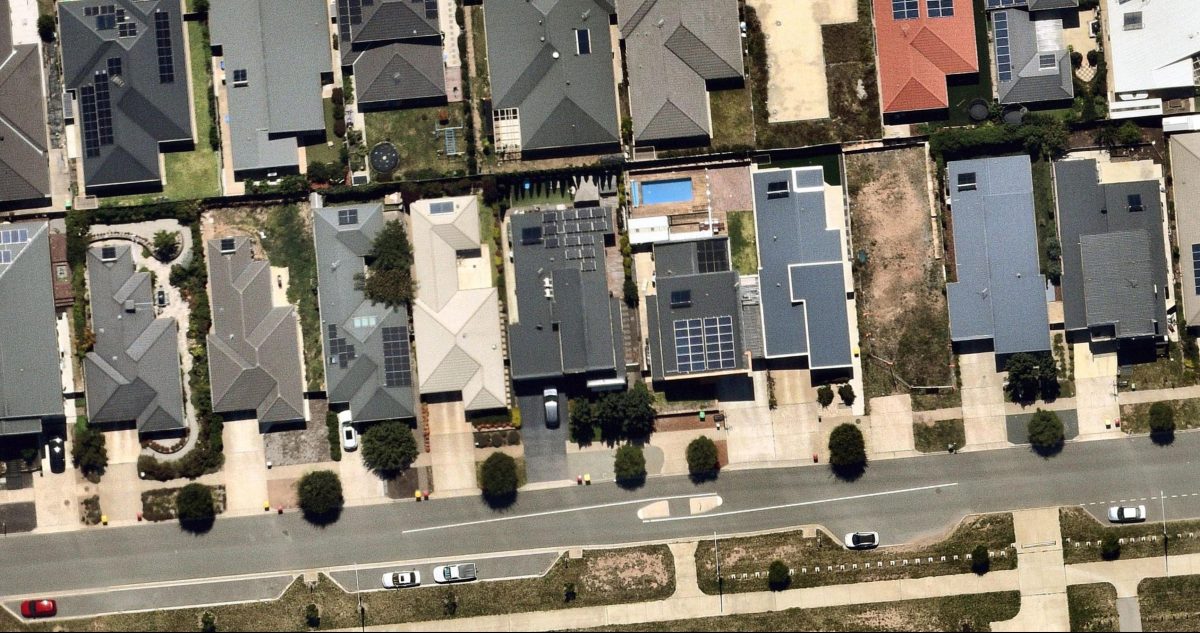
The new suburb of Coombs has one of the lowest tree coverage levels in the ACT. Photo: Nearmap.
He said blocks in established suburbs would be required to comply with V369 when it came into effect on 1 September 2022, including in situations where blocks were consolidated or subdivided.
“Variation 369 is an important first step in introducing living infrastructure requirements into our planning system,” Mr Gentleman said.
“The new Territory Plan we’re working on, which will be open to the community for feedback in the coming months, will look to increase living infrastructure requirements above and beyond those set out in Variation 369, including in commercial zones and in estate development plans.
“The changes introduced by Variation 369 are an interim measure to enable builders, architects, designers and others the opportunity to change their house designs to enable more trees and green spaces in Canberra backyards.
“The timeframe distinction for blocks approved under an estate development plan on or after 1 January 2020 set out in the recent Ministerial Direction will be removed when the new Territory Plan comes into effect in 2023.
“Living infrastructure provisions will then apply to all residential zoned blocks, regardless of when the block was approved.”
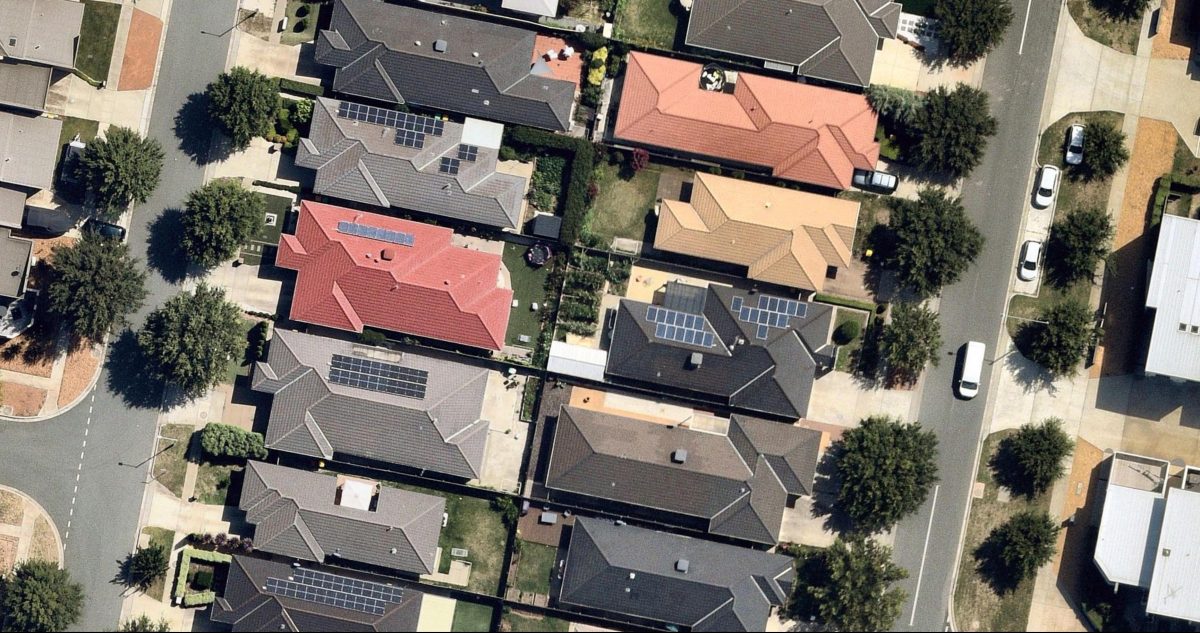
Franklin’s dense housing coverage leaves little room for green spaces. Photo: Nearmap.
Tree cover analysis from location intelligence and aerial imagery company Nearmap has quantified changes in tree cover across 93 suburbs by analysing high-resolution aerial imagery and artificial intelligence data sets on matched seasons from 2021 and 2022.
The analysis found the median suburb achieved a relative increase of 5.4 per cent in residential tree canopy coverage, with Aranda ranked as Canberra’s leafiest residential suburb.
Overall, the median suburb has 24 per cent residential tree canopy coverage and 10 suburbs have already achieved the ACT target of 30 per cent.
Unsurprisingly, older inner suburbs have more green space and trees than newer areas with much higher housing densities.
Original Article published by Ian Bushnell on Riotact.




